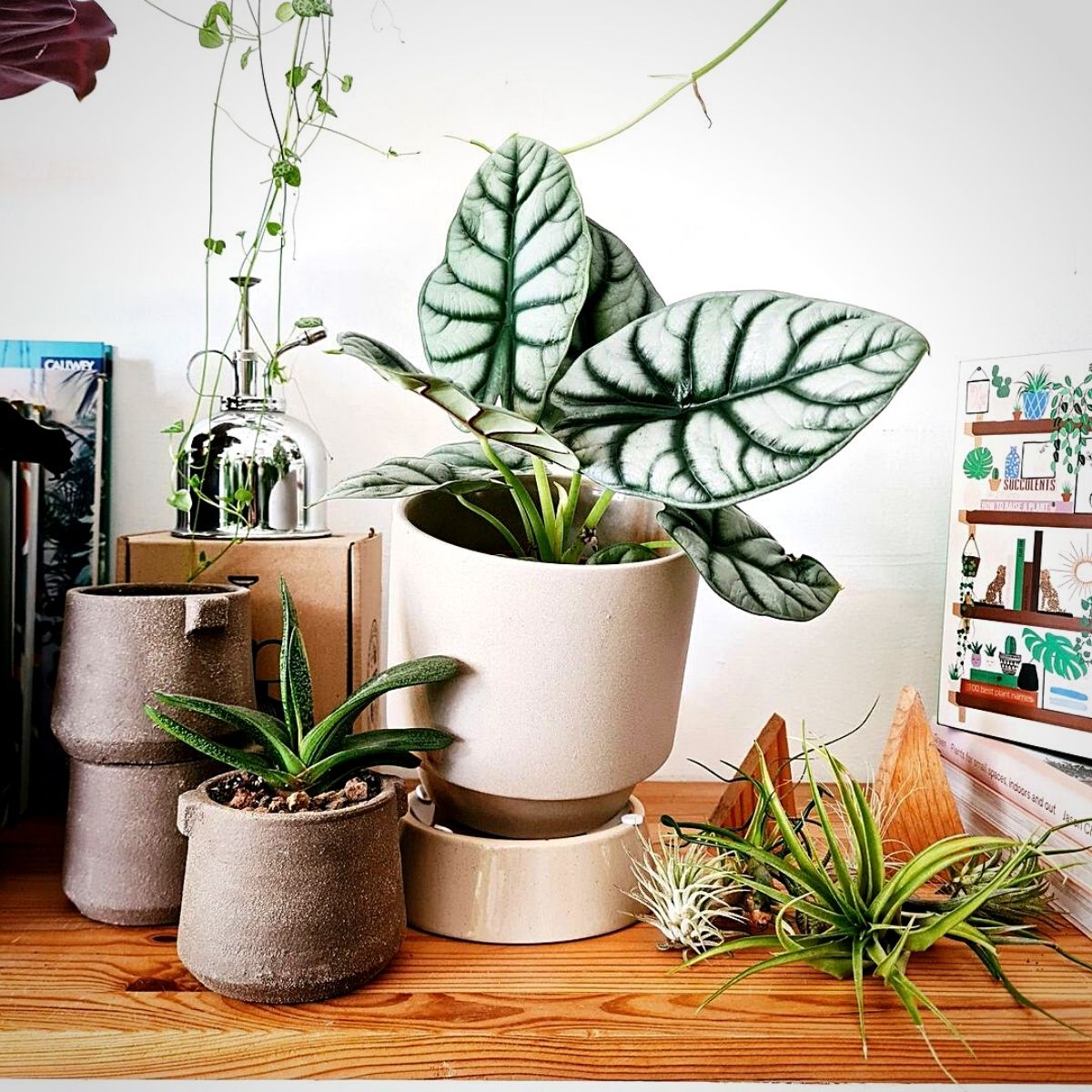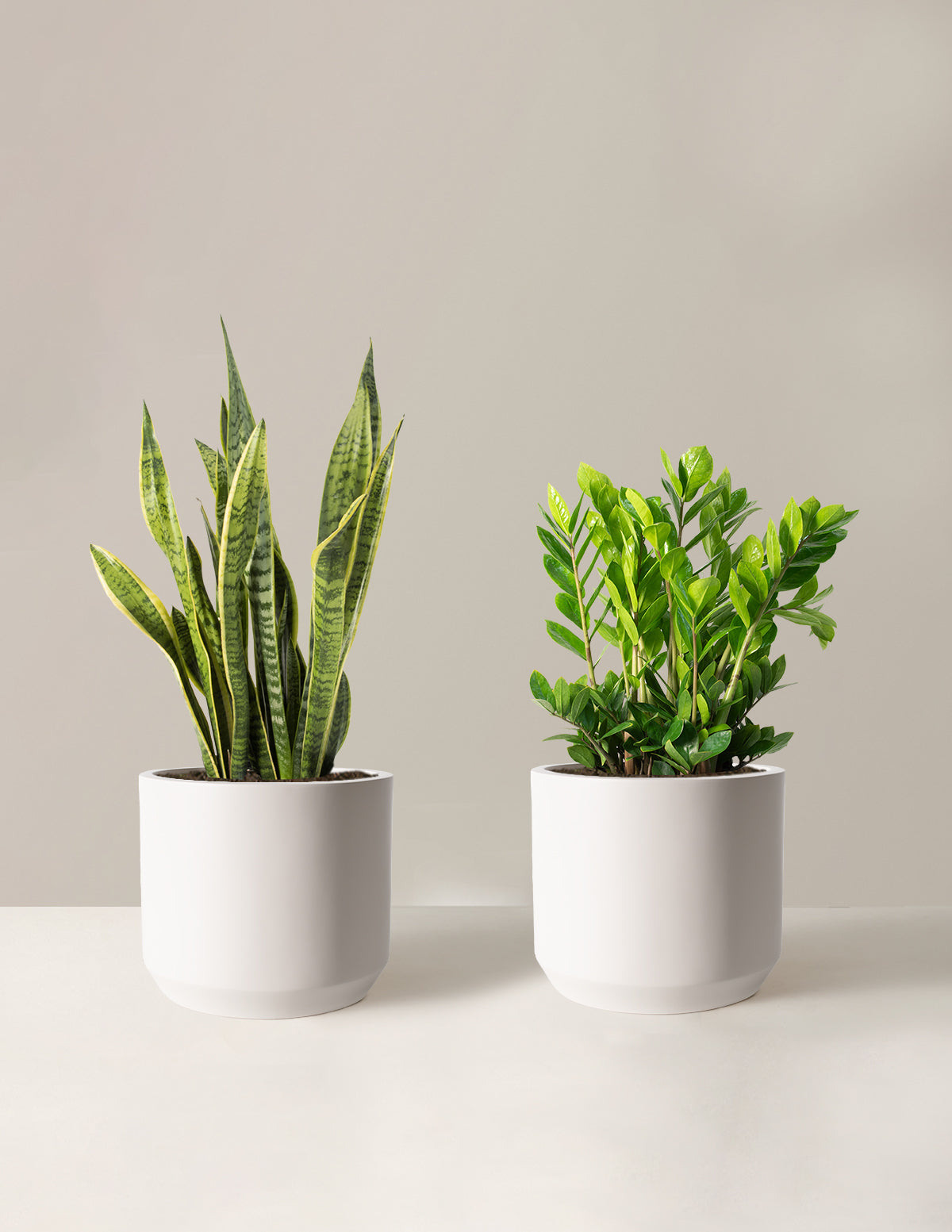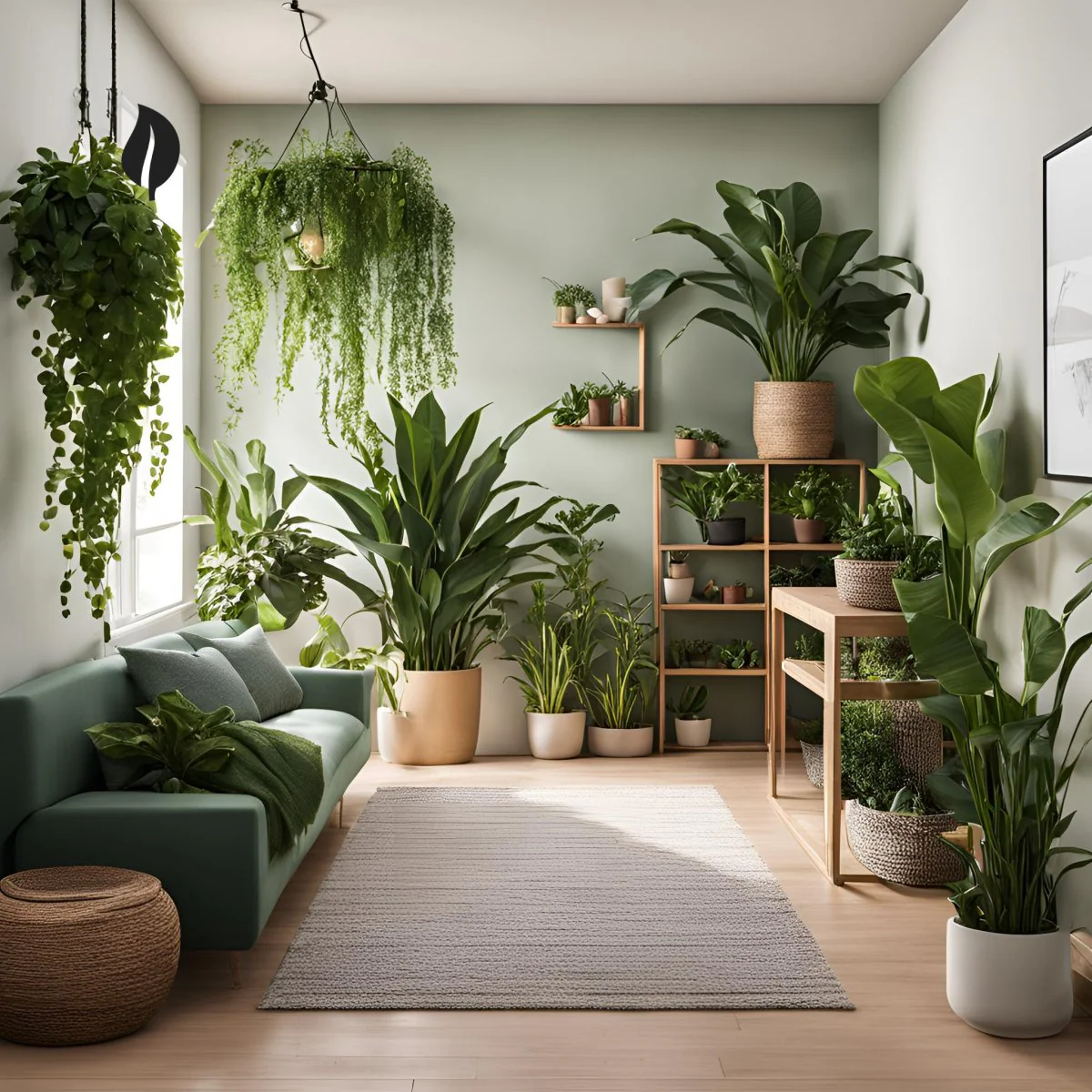Transform Your Living Space with the Best Low-Light Indoor Plants
Transform Your Living Space with the Best Low-Light Indoor Plants
Blog Article
Explore the Unique Advantages of Low-Light Indoor Plants for Your Living Space
Integrating low-light indoor plants right into your living space supplies a wide range of advantages that extend far beyond plain aesthetics. These hardy plants not only flourish in settings with restricted sunlight yet also serve important features such as air filtration and humidity improvement.
Air Filtration Benefits
Low-light indoor plants not just boost the aesthetic allure of living areas but also play a substantial role in air purification. Research study has shown that certain plant species can successfully eliminate common interior contaminants, including formaldehyde, trichloroethylene, and benzene. These compounds often originate from home products such as furniture, cleaning products, and building materials, adding to interior air top quality problems.
Plants such as the serpent plant, pothos, and tranquility lily are especially experienced at filtering hazardous materials from the air while thriving in low-light problems. The procedure of phytoremediation, in which plants take in and metabolize contaminants, allows these varieties to add significantly to a much healthier interior setting. Additionally, through photosynthesis, plants launch oxygen, further improving air high quality.
Including low-light indoor plants right into home or workplace spaces not just supplies visual advantages but additionally serves as a sensible approach for improving air top quality. By choosing the best varieties, people can produce an atmosphere that advertises well-being and reduces exposure to damaging pollutants, making these plants an important aspect in modern indoor living.

Mood Improvement Impacts
Various research studies have revealed that integrating indoor plants can substantially boost state of mind and general mental well-being. The presence of plant in interior settings has been linked to reduced stress and anxiety degrees, boosted feelings of peace, and boosted psychological wellness. Low-light indoor plants, specifically, grow in settings where all-natural light is restricted, making them ideal for different living spaces.
Research indicates that communicating with plants can stimulate the release of serotonin, a natural chemical related to sensations of joy and well-being. In addition, the act of taking care of plants cultivates a sense of responsibility and accomplishment, additional adding to positive psychological wellness end results. Moreover, low-light plants such as serpent plants, pothos, and peace lilies have actually been shown to enhance air high quality, which is intrinsically linked to mood enhancement.
Integrating these plants right into your office or home can develop a serene ambience, using a visual and sensory retreat from the hustle and bustle of every day life - Best low-light indoor plants. As people spend increasing amounts of time inside, the mood-enhancing results of low-light interior plants come to be a lot more vital, offering not just aesthetic allure but likewise an extensive influence on emotional health
Reduced Maintenance Demands
For those seeking to enhance their interior spaces without a substantial time dedication, low-light interior plants are a suitable choice because of their reduced upkeep needs. These durable plants flourish in less-than-ideal lights problems, making them ideal for workplaces and homes where all-natural sunlight is limited.

Pest resistance is an additional benefit of low-light indoor plants. Several varieties are much less susceptible to usual bugs, reducing the requirement for constant tracking and treatment. Furthermore, these plants usually expand much more gradually than their high-light counterparts, implying much less constant repotting and trimming are needed.
Visual Appeal and Adaptability

In addition, these plants can be set up in myriad ways, whether in teams for a rich impact or as standalone features to check that attract the eye. The choices of planter designs-- from smooth ceramic pots to rustic wood containers-- better boost their visual worth, permitting homeowners to express their personal style.
Additionally, low-light plants can be strategically put in locations that might otherwise really feel ignored, such as corners or dimly lit racks, therefore optimizing their decorative capacity. Eventually, the mix of their striking look and adaptability makes low-light indoor plants a valuable enhancement to any living area, developing a welcoming atmosphere that advertises health and leisure.
Enhanced Moisture Degrees
Enhancing indoor moisture degrees is one of the substantial advantages of integrating low-light indoor plants right into living rooms. These plants normally launch wetness vapor via a process called transpiration, which occurs when water soaked up by the origins relocates with the plant and evaporates from the fallen leaves. This process not only increases humidity yet additionally adds to a healthier indoor setting.
Enhanced humidity levels can minimize numerous health and wellness problems, such as dry skin, respiratory system troubles, and allergies. Several people experience pain in arid indoor conditions, especially during wintertime months when furnace are in usage. By purposefully placing low-light plants throughout your home, you can create a more balanced humidity level that cultivates anchor total health.
In addition, particular low-light interior plants, like peace lilies and crawler plants, are particularly reliable at enhancing moisture (Best low-light indoor plants). Thus, low-light interior plants offer both useful and visual objectives, promoting a much healthier ambience.
Verdict
In recap, low-light interior plants provide countless benefits that contribute to a much healthier and much more welcoming living area. Incorporating these durable plants right into indoor settings not just elevates the ambiance but likewise promotes total health, establishing a tranquil sanctuary for residents.
Plants such as the serpent plant, pothos, and peace lily are especially proficient at filtering damaging substances from the air while thriving in low-light problems. Low-light plants such as snake plants, pothos, and peace lilies have been shown to boost air quality, which is fundamentally connected to mood enhancement.
Low-light interior plants, such as snake plants, pothos, and ZZ plants, not just improve the aesthetic landscape of an area yet likewise introduce different structures and tones of eco-friendly that can enhance varied interior designs. These plants normally release dampness site vapor via a process recognized as transpiration, which occurs when water taken in by the origins relocates through the plant and evaporates from the fallen leaves.Furthermore, specific low-light indoor plants, like peace lilies and spider plants, are especially reliable at increasing humidity.
Report this page